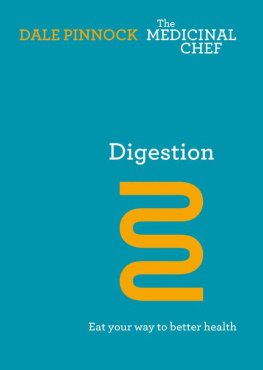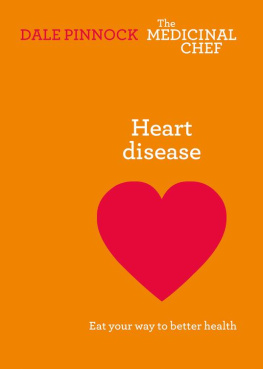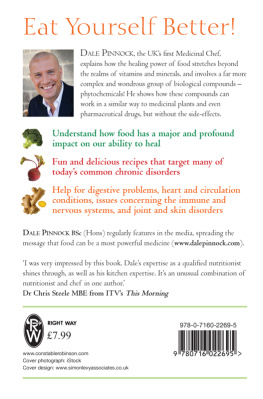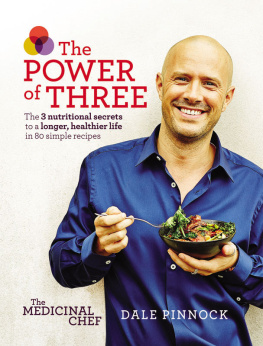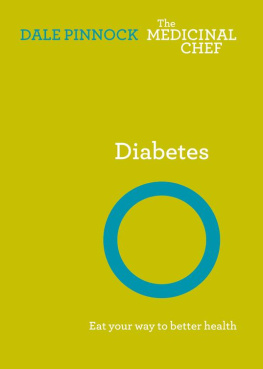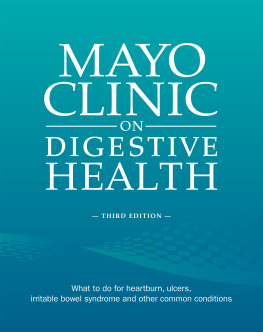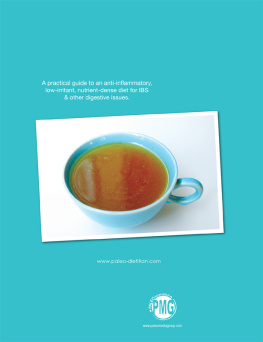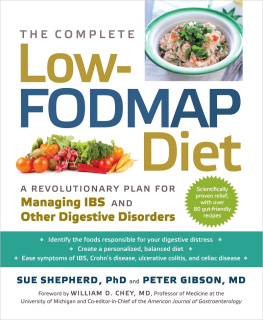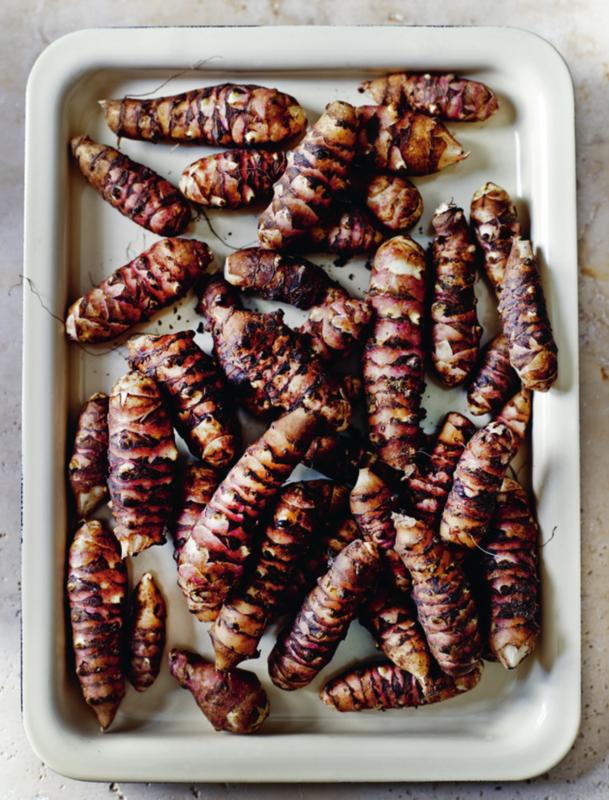OUT OF ALL OF THE DAY-TO-DAY ISSUES LIKELY TO BE PRESENTED TO A DOCTOR DURING THEIR DAY IN CLINIC, DIGESTIVE WOES ARE PRETTY MUCH UP THERE AT THE TOP.
In fact, an estimated nine million of us have some kind of digestive issue, whether its permanent or transient. Around the world, us Brits may be seen as a nation ever-so-slightly obsessed with our digestive functions
However, in many ways, this ever-increasing plague of digestive maladies is understandable. Our digestive system is the direct interface between the outside modern world and the inner workings of our bodies. As such, it does get exposed to all sorts of weird and wonderful things. Many of which are really quite alien to it. Barrages of processed, refined, sugary, additive-laden food. Weird fizzy drinks. Lots of booze. All things which, lets be honest here, are a big part of modern life. There arent really that many of us that make a conscious effort to avoid too many of these things. But they cause all manner of digestive chaos, from simple irritation, through to outright allergic responses and the triggering of inflammation. And thats just the food.
The digestion is a system that is also highly sensitive to bouts of stress. In a week on modern-day Earth, we go through more stress responses than we have ever been used to throughout evolution. Stress can have a huge negative impact on body systems, especially digestion.
So, despite this consistent assault, can the picture be made any better for those suffering with digestive issues? The simple answer is: yes. With the exception of serious inflammatory bowel disease, most of the common digestive complaints can be eradicated or at the very least successfully managed by altering the environment. I dont mean living in an Eco dome. I mean changing the internal environment to which the digestive system is exposed. Given the right circumstances, the digestive system is a rapidly self-correcting system. We are beginning to understand a great deal more about causes and triggers of modern-day digestive issues, and simple changes in diet often prove very effective. So thats what this book does. It deals with the more common digestive issues that plague us. It gives you an overview of the dietary strategies to combat them, then brings this information together with tasty, easily adapted recipes.
I feel that the best way to understand your health concerns is to find out more about the way in which your body works, and how things can begin to change when problems arise. This is a recurrent theme throughout my work, and justifiably so. This knowledge will help you to develop that kind of understanding of your body that will allow you to make better, more informed choices in the long term and get a better handle of what may be going on inside you. We are going to explore how the digestive system works, so you can get the full picture of what is happening where, and what may be becoming problematic for you. Obviously, if this is all familiar to you, then move on. If not, do take the time to read through this section, as it will really help you make sense of everything. It is only the basics so dont worry, it wont be reams of science, just an overview to help you put all the pieces together.
What is the digestive system? Well, in the simplest of terms, it is there to convert the food we eat into substances that can actually enter our body safely and perform a myriad of functions. When food is first eaten, it cannot enter the body beyond the digestive tract; indeed, if it did, it would trigger an allergic reaction the extent of which you wouldnt believe. The food has to go through a series of transformations in order to extract individual nutrients and nutrient complexes that can leave the digestive tract safely and make their way to cells and tissues where they can be put to use.
THE MOUTH
This is obviously the first stage in the digestive process, as our food makes its way through the digestive system, subject to all manner of processes in order for us to glean nutrients from what we eat. The first element that takes place here is, of course, mechanical digestion: chewing. This breaks the food down into small pieces so there is more surface area exposed for digestive secretions enzymes and other compounds to begin working on. This increasing of surface area to maximise digestive capacity is a recurring theme throughout our digestive system. Digestion is quite a taxing activity for the body, so it has to make it as efficient as possible to save energy and be sure it doesnt miss out on important nutrients. Chewing is a vital part of the process, but youd be amazed at how few people actually chew their food properly. It is definitely worthwhile making an effort to chew food better. Now, dont worry, Im not going to start sounding like a lot of those other health books and tell you to chew every mouthful 30 times. I tried. It is boring, impossible to stay mindful of and really quite unpleasant, unless of course you want to look like one of Pavlovs dogs and drool uncontrollably! Just a conscious effort not to wolf food down or inhale it is enough.
Mechanical digestion isnt the only thing to take place in the mouth. There is some subtle chemical digestion going on as well. In the mouth, we produce saliva. This is around 90 per cent water, but it does contain some mild digestive enzymes, too. The main player here is salivary amylase. This can begin to break down some of the more simple sugars that can be absorbed very quickly. You can experience this first hand when you eat something like a piece of bread or potato. Chew it a few times and you will see it starts to get sweeter. This is salivary amylase in action, liberating the simple sugars that we detect as sweetness. Saliva is also used to lubricate the food to make it easier to swallow. The food-saliva mixture, called the bolus, moves from the mouth down to the oesophagus.
THE OESOPHAGUS
The oesophagus is a flexible, muscular tube that runs between the mouth and the stomach. It has no role to play in physical digestion or absorption. It is merely a transport system that connects two regions of the digestive tract. This adequate spacing of the stomach and mouth is for a good reason, because stomach secretions are very corrosive and could quickly damage membranes in the mouth and of course our teeth so the two are best kept apart. The inner surfaces of the oesophagus secrete a thin mucus to aid in the movement of the bolus from the mouth to the stomach.
THE STOMACH
The stomach is a J-shaped bag-like organ that lies beneath the diaphragm. Its main function is to carry out specific mechanical and chemical digestion of food. But it also serves as a holding chamber. It can be viewed as an intermediary between the oesophagus and the small intestine, which is where most digestion and absorption takes place. As a meal can very easily be eaten much faster than the intestine is able to break it down and digest it, the stomach holds the meal in its chamber and releases it a little at a time into the small intestine at regular intervals. The stomach is a basically acidic environment, with cells lining its internal surface that both measure the acidity and that secrete hydrochloric acid into the stomach. The main food group to really undertake significant chemical digestion here is protein, but we will come to that a little later.
Soon after food enters the stomach from the oesophagus, gentle rippling waves start to move through it every 1525 seconds in a controlled and orchestrated manner. These waves are there to move the food around and continually mix it with the digestive secretions released by the stomach. This action turns the stomach contents into a thinner gloopy mixture called chyme. As chyme makes its way through the stomach, it comes to an area called the pylorus. Here, there is a ring of muscle called the pyloric sphincter which is almost completely closed and controls the exit of food from the stomach into the small intestine. As the chyme reaches the pylorus, the waves of contraction get more forceful and force a few millilitres of chyme at a time out from the stomach and into the intestine. This drip-feeding of chyme into the intestine makes digestion more manageable and effective, as the intestine can only effectively deal with a small amount of food at a time.

